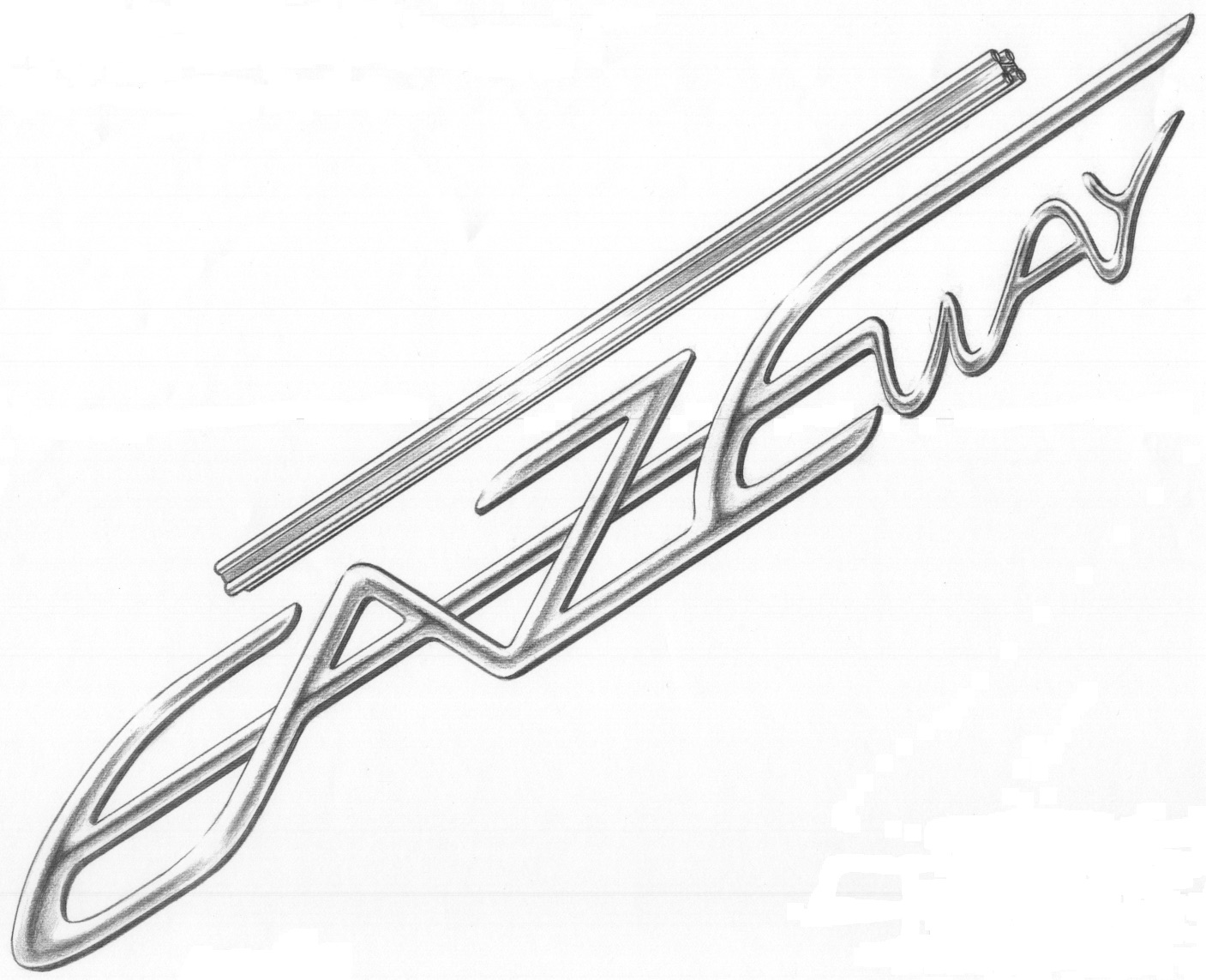EAZEway.org
EAZEWAY HARDWARE
EAZEway system design exploits ultralight materials, modern steels, weld-free technology, oil-well drilling and plug-and-play construction. Speed, strength, flexibility and low cost is intrinsic to the EAZEway track design.
Speed, Simplicity, Affordability,Efficiency and Effectiveness are the design goals of EAZEway.
EAZEway system design exploits ultralight materials, modern steels, weld-free technology, oil well drilling and plug-and-play construction. Speed, strength, flexibility and low cost is intrinsic to the EAZEway track design.
EAZEway Bypass Technologies: Proven technologies reconfigured for an affordable, effective, immediate transportation solution;
A. DRILLING AND CASING HOLES FOR PLUGGED IN EAZEWAY TOWERS
The method for preparing cased holes and plugging in the towers to support a monorail, is borrowed from the international oil-well drilling industry.The EAZEway crew sets up the drilling rig and starts drilling operations at surveyed positions, spaced at intervals of about 50 to 100 yards along the median line of the highway to be bypassed. From the starter hole, the crew prepares the drill-collar towers following five basic steps:
1. Place the drill bit and drill collars in the starter hole.
2. Attach the kelly and turntable and begin drilling.
3. As drilling progresses, circulate mud through the collars and out of the bit to float the rock cuttings out of the hole.
4. Add new sections of drill collars until the pre-set depth (about 10m, depending on the rock strength) is reached.
5. Run and cement casing -- placing casing-pipe sections into the hole (to prevent collapse) with spacers outside to keep casing centred in the hole
6. Plug the drill collars into the cased holes to form EAZEway tower supports
EAZEway.org
B. LAYING THE EAZEWAY TRACK
Laying the EAZEway track uses construction principles borrowed from WWII Bailey-bridge technology.
bailey bridges.pdf
After the drill-collar towers are plugged into cased holes along the route to be bypassed, all other EAZEway elements, including the suspension cables, vertical hangers and the track itself can be assembled on site by hand.
New EAZEway tracks are lifted into position by crane or placed on rollers on a bridge-laying vehicle suspended from existing track. The new track is secured under stringers hanging from cables suspended between drill-collar towers.
Each 10m length of EAZEway monorail can be lifted by six people. The tracks are plugged together and secured by pins using a sledgehammer or nuts and bolts to be put in by hand. A major benefit of the EAZEway is that while the towers are located, erected and dismantled by the oil industry (Motto: "Anywhere, Anytime!", the EAZEway track itself can be laid by local labor with a few days training.
EAZEway is designed so a crew of ten people can lay 1 km of track in 5 days, much more if their track-laying vehicle is automated. In Bosnia, British Royal Engineers built a 50-yard span Bailey bridge from 2m elements in 11 hours, that is a labour-intensive rate of construction of 1 mile in about 20 days.
EAZEway.org
C. SUSPENSION, TRACKING, BRAKING AND DRIVE FOR THE EAZEWAY CARS:
The EAZEway monorail provides a smooth, engineered and protected surface for engineers to create innovative car suspension, tracking, braking and drive systems.
Proven aerospace and automobile technology supports safe, fast, economic transport but the basic EAZEway design is borrowed from the world's oldest suspended monorail, open 1901 and still operating in the Ruhr Valley, Germany.
Construction began in 1898 for a suspended monorail to bypass traffic congestion crossing the Wupper River. The trains swing freely beneath the track but never bank more than 15 degrees. Cars operate at approximately two and a half minute headway with a carrying capacity of 3,500 passengers per hour. See Monorails.org
EAZEway.org
revitalize local industries and local workers as business partners:
Engineers – Construction – Operations – Steel work

EAZEway Bypass Technologies (EBT) is recognized as the exclusive license holder for use of all content and designs on this site (unless otherwise noted) and EBT is the exclusive agent for marketing for all intellectual property associated with and incorporated into the EAZEway Project (including US Patent #573816), IBAT systems and the Marabou Project.
EAZEway™ is a Trademark and Copyrights belonging to EAZEway Bypass Technologies 2001-2024